Tamron 28-75 mm f/2.8 Di III VXD G2
4. Image resolution
Let's see how the Tamron 28-75 mm f/2.8 Di III VXD G2 compares – its results in the frame centre at 28, 50, and 75 mm presents graph below.
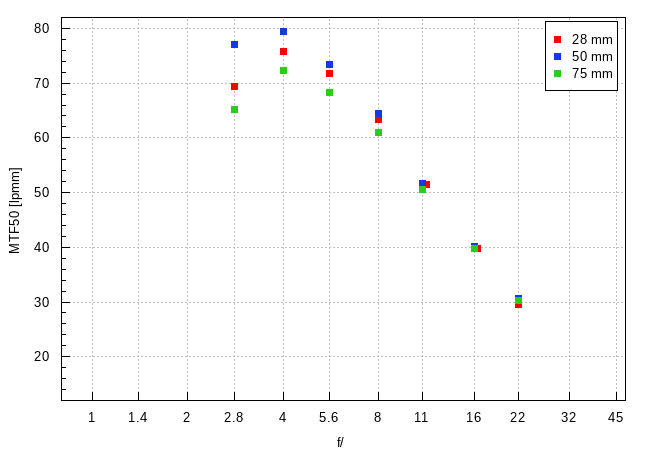
One glance and you know that the performance is very good and, indeed, praise-worthy for a zoom lens. The middle of the focal range fares the best – already at the maximum aperture you get the resolution level of 77 lpmm and on stopping down the aperture the lens is able to reach an excellent result of almost 80 lpmm.
Please Support UsIf you enjoy our reviews and articles, and you want us to continue our work please, support our website by donating through PayPal. The funds are going to be used for paying our editorial team, renting servers, and equipping our testing studio; only that way we will be able to continue providing you interesting content for free. |
- - - - - - - - - - - - - - - - - - - - - - - - - - - - - - - - - - - - - - - - - - - - - - - -
The 28 mm focal length fares a tad weaker but still exceedingly well; at the maximum relative aperture you see a result of over 69 lpmm and by f/4.0 the lens brushes against a value of 76 lpmm.
The lowest results of the tested Tamron can be observed at the 75 mm focal length but even there you find no reasons to complain. At the maximum relative aperture MTFs exceed a relatively high level of 65 lpmm and on stopping down the aperture you deal with results of over 72 lpmm.
Now let's check the situation on the edge of the APS-C sensor; an appropriate graph can be found below.
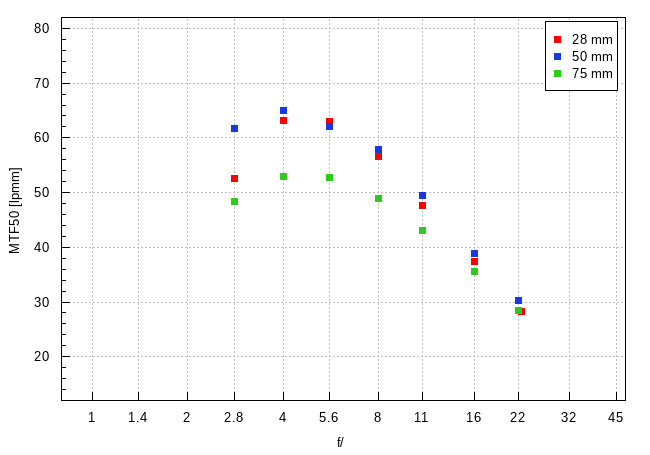
In this case the hierarchy of focal lengths remains the same – once again the middle of the range fares the best and the longer end is the weakest. At 50 mm the results are very good because even at the maximum relative aperture you exceed 60 lpmm. The shortest focal length lags behind the middle mainly at the maximum relative aperture, where it exceeds slightly 50 lpmm. Later on it performs very much like the middle within the margin of measuring error.
The 75 mm focal length lags behind noticeably but even there at the maximum relative aperture you get fully useful results that guarantee you sharp images. It seems this lens doesn't have any weak spots in this category.
Now let's check how the tested lens fares on the most demanding edge of full frame – the results are presented by a graph below. .
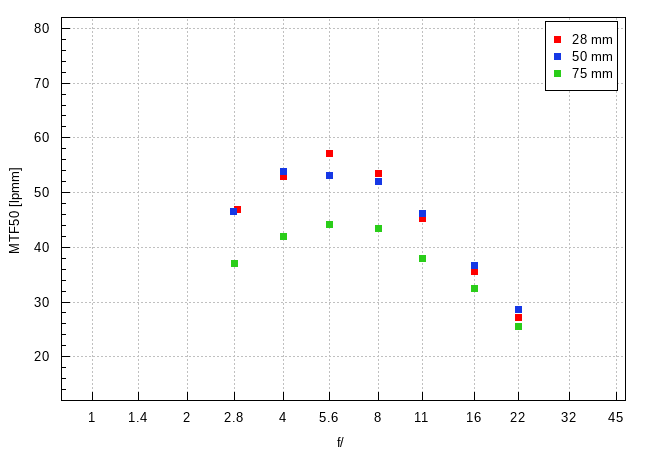
In this case you can notice several changes. Firstly, 28 and 50 mm focal lengths compete against each other and this time the shortest focal length slightly prevailes. On stopping down the aperture to near f/5.6 it is able to reach a tad higher levels. It is a good piece of news because photographers often want the wide angle to offer you decent sharpness across the frame. The Tamron is able to offer you that much – even at the maximum relative aperture the 28 and the 50 mm focal lengths provide resolution near 47 lpmm so safely above the decency level.
The 75 mm focal length is the weakest here and it's also the first opportunity to complain. The f/2.8 aperture is blurry; the decency level is reached only after stopping down the lens to near f/4.0. A compromise? Certainly, but also one that is positioned very cleverly indeed. If personally I had to choose a place for weaker performance in a lens of this type I would choose the edge of the frame of the maximum focal length exactly. It is often outside depth of field anyway.
Overall the performance of the Tamron 28-75 mm f/2.8 G2 should be assessed very positively indeed, especially that you can notice a huge improvement if you compare it to the performance of the older version. At 28 mm, in the frame centre, the improvement still remains slight, amounting to barely 2-3 lpmm, but on the edge of the frame it reaches more than a dozen lpmm and at some apertures the difference approaches even 20 lpmm. The rate of progress is really huge!
In the middle of the focal range the new model fares distinctly better already in the frame centre – in the aperture range from f/2.8 to f/8.0 its results are higher by almost 10 lpmm. On the edge of the frame that improvement reaches even more than a dozen lpmm.
At the maximum focal length the situation is similar. Both in the frame centre and on its edge you see results better by several or even more than a dozen lpmm.
To sum up the constructors of the G2 version of the Tamron 28–75 mm f/2.8 Di III VXD did a splendid job launching a successor that is sharper than the previous lens practically everywhere. Mind you, the older device was also assessed by us very positively indeed.
At the end of this chapter we would like to present some crops taken from our test photos, saved as JPEG files alongside the RAW files, used for the analysis above.
| A7R IIIa, JPEG, 50 mm, f/4.0 |
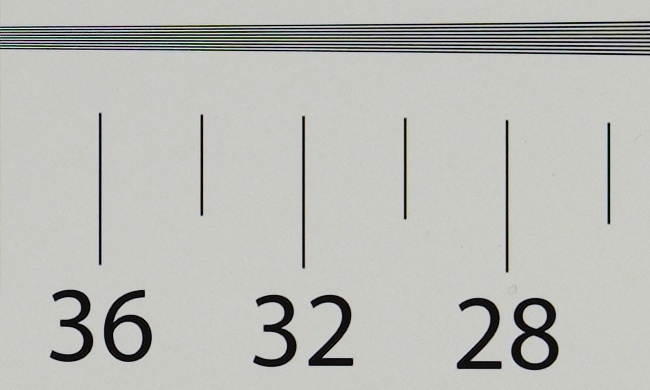 |
| A7R IIIa, JPEG, 75 mm, f/2.8 |
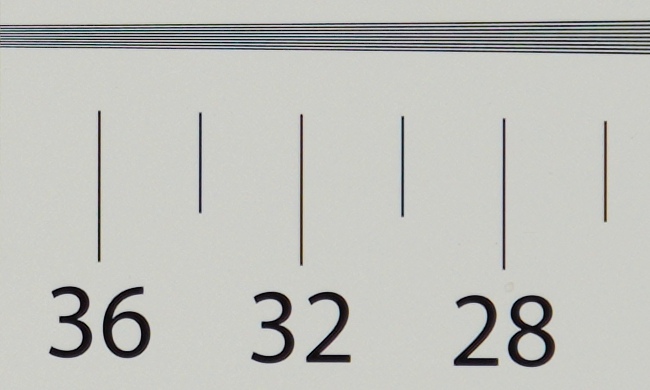 |






